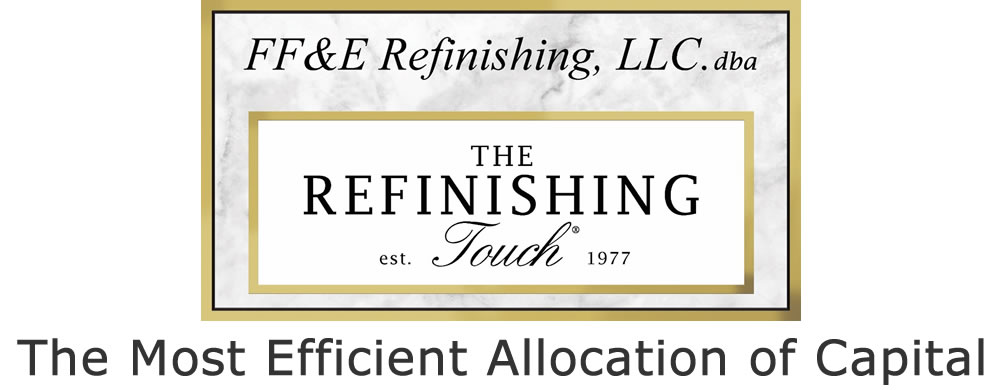We work across many different sectors, and find it refreshing to see how private and public organizations work to reduce their carbon footprint and lower energy consumption. Whatever the motivation – the environment, community awareness, money – we’re glad the steps are being taken to better our earth and environment.
Making the change isn’t the only step – change needs to be sustainable. Sustainability is paramount to any initiative. There was an interesting observation on one of the sectors we work in, the college sector, by Kelly Cain, writing an article for the AASHE (Association for the Advancement of Sustainability in Higher Education) blog.
Cain explains that the current performance standards with LEED, or Leadership in Environmental and Energy Design, are outdated in the sense that they consume more energy than they save. This in and of itself is the antithesis of how the green process should work.
Organizations across all industries must look to find ways to improve how we measure and perform the tasks that benefit our world: and to do so sustainably. On the same side of the coin, there is a shared obligation to recognize and address those initiatives that are not working for the ‘greener good’.
The mission of the AASHE is to empower higher education to lead the sustainability transformation by providing resources, professional development, and a network of support to enable institutions of higher education to model and advance sustainability in everything they do, from governance and operations to education and research.
With younger generations being brought up to understand the value and commitment for greener lifestyles and development, it’s encouraging to see associations like the AASHE continue to foster further education in the creation of a sustainable future.
We couldn’t be more proud to work with universities that keep this in mind and allow our work to make these goals a reality.

